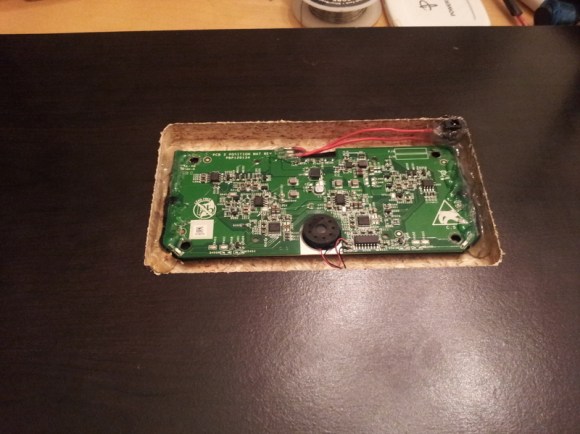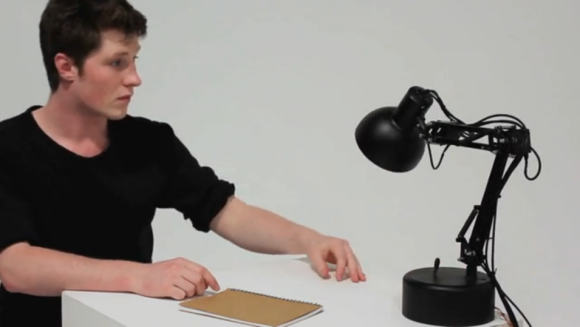Mcor Technologies and Staples are teaming up to provide 3D printing services via the online Staples Office Center service.
This announcement comes from Mcor, the company behind the Iris 3D printer. Unlike just about every other 3D printer, the Iris doesn’t squirt plastic onto a bed or glue powder together – it makes its models out of sheets of paper. You probably won’t be ordering working steam engines or other heavy-duty engineering models from the Staples copy center, but this system does allow for high-quality full-color models to be created very, very easily. You can see a few examples of what the Mcor Iris can print after the break.
Unfortunately, unless you live in Belgium or The Netherlands, your local Staples won’t be installing a 3D printer in their copy center anytime soon. For those of us outside these countries, we’ll have to wait until services like Shapeways and Ponoko figure out how to make their business model include a brick and mortar presence.
Continue reading “Making 3D Printing Easy At The Staples Copy Center”














